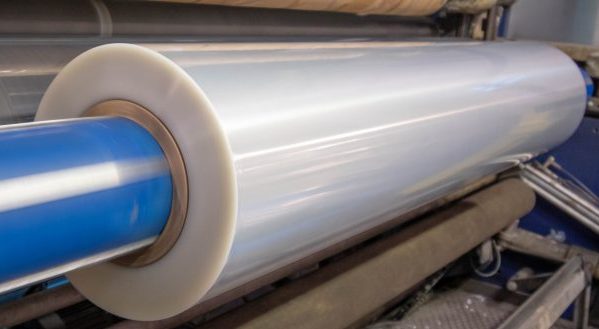With the growing global sustainability trend, packaging structures of pouches and bags are being redesigned in order to enable recycling and facilitate a circular economy. Pet food bags and pet treat pouches have been among the first segments to undergo transformation in this multibillion-dollar market.
Pet care soft packaging market
Pet care applications represent ~2% of the global consumer flexible packaging market worth $120 billion and grow at an average annual growth rate of ~4%.
According to a recent study, the North American market dominates pet care soft packaging with 40% of the market, followed by Europe, the Middle East, and Africa (EMEA) with 27%, and Asia-Pacific with 28%.
Trends in pet care packaging
During the Covid-19 period, the pet care market demonstrated recession-resistant performance. With greater time spent at home, pet owners interacted with their animals more, strengthening the trend of pet humanization and ultimately resulting in higher expenditures per pet. Parallel to this, the pet treats market has surged with a huge variety of human-like food that is now being used for pets, normally in attractive stand-up pouches.
As many pet food bags and pouches tend to be bulky and heavy, they require laminate structures that are quite thick to support their weight. The result of this is that a great deal of plastic packaging waste is produced. In spite of this, these bags are potentially easier to collect and sort, and also have a higher volume and weight, which makes them more suitable for recycling.
The Pet Sustainability Coalition (PSC), a nonprofit organization dedicated to promoting sustainable practices, reported back in 2021 that an estimated 300 million pounds (~136,000 metric tons) of pet food and treat bags are generated in the USA each year, and that over 99% of those bags are not recycled.
Consumers demand sustainability
In today’s world, many consumers are actively seeking recyclable alternatives so that packages will not end up in landfills. Conscious consumers, therefore, prefer recyclable options to ensure that packages will be recycled.
It has been reported by Euromonitor International that pet owners have a stronger environmental attitude than non-pet owners and are more demanding about sustainable packaging.
As a consequence of this market preference, a growing number of pet care brand owners are switching from multi-material packaging constructed out of non-recyclable film combination to pouches made from recyclable mono-materials.
As one walks through the aisles of supermarkets and retail chains, it is apparent that the pet food industry is already switching to mono-material PE structures for recyclable flexible packaging.
In recent months, several brand owners and large converters have published success stories about how they were able to shift their pet food bags to recyclable ones. Owner of Finland’s most popular premium dog food brand, Hau-Hau Champion, Vafo Group has rolled out a line of products that feature mono-material PE bags that are fully recyclable, offer high barriers against moisture and provide greater consumer convenience. Mondi Group was in charge of developing and producing these pouches.
One Polymer, Infinite Possibilities
Mono-resin PE laminates are ideal for replacing multi-materials, and they retain the same efficiency and performance characteristics as BOPET//PE.
In terms of design, Mono-Oriented Polyethylene (MOPE) is the most suitable film for revamping flexible pet care packaging to make them recyclable.
Cross-referencing of various market reports and data, it appears that the addressable market for MOPE films within the pet care industry is somewhere around 30,000 metric tons or 1.3 billion square meters (or 2.0 billion MSI).
Various MOPE films properties have been developed in order to address some of the features required for dry pet care pouches and bags, which are quite unique to this market:
- High energy absorption capacity, which enables large pouches to be resistant to dropping and will prevent contents from spilling out
- A high friction layer is applied to the external layer of large pet food bags to enable stacking and to prevent them from sliding off the pallets
- Dimensional stability of stand-up pouches for pet treats is essential to guarantee shelf appeal and package attractiveness
- The matte finish has become increasingly popular in pet care pouches due to the consumer’s perception that it resembles paper
- Puncture-resistant feature for bags containing sharp pet food particles that, once stacked, can perforate the package, and compromise its integrity
- A grease-proof layer that serves as a barrier against fats present in some dog foods and treats
With the pet care flexible packaging market being one of the early adopters of recyclable bags, the industry is advancing its transition with tailwinds from consumers, brand owners, and converters.
Get in touch with us to discover more about flexible packaging solutions for pet care and to find out where the market is heading.


